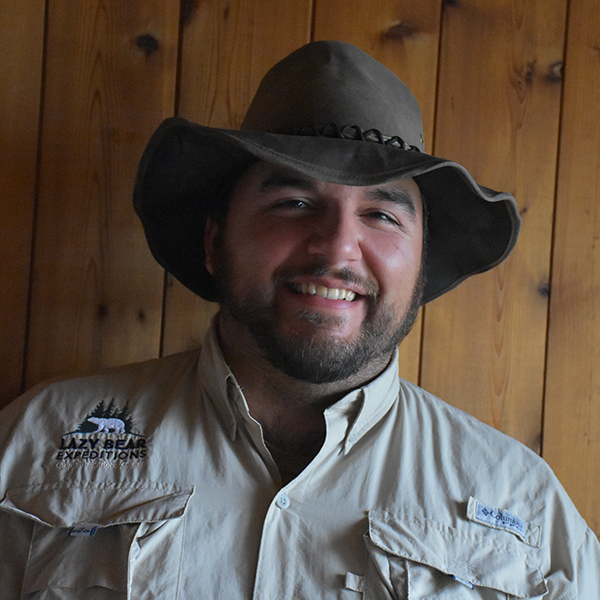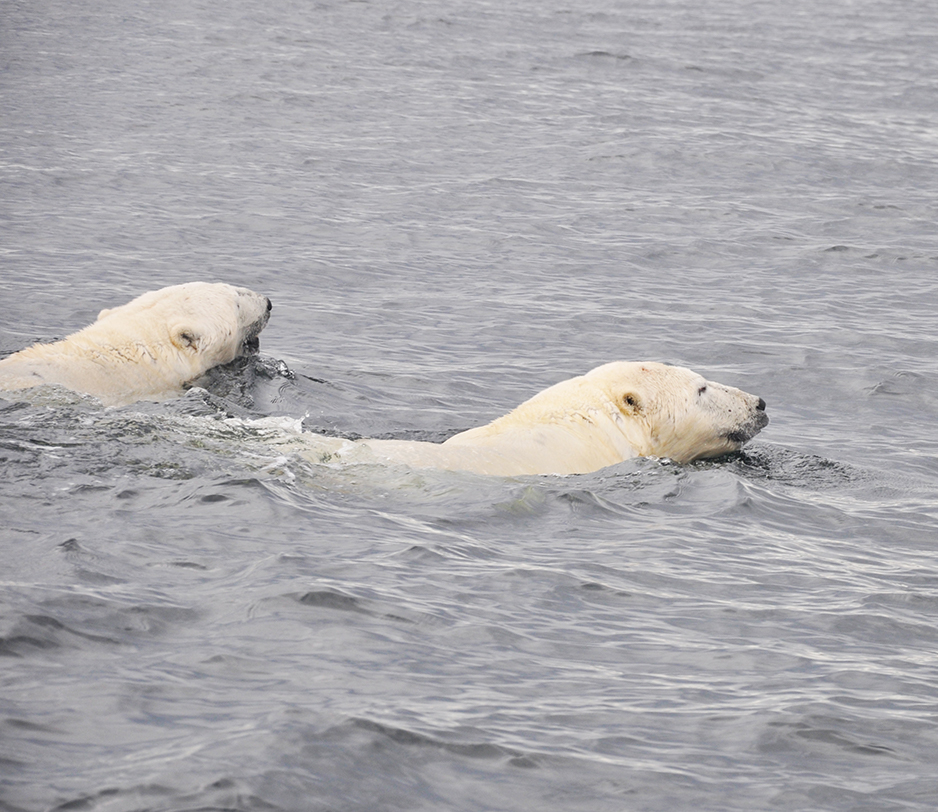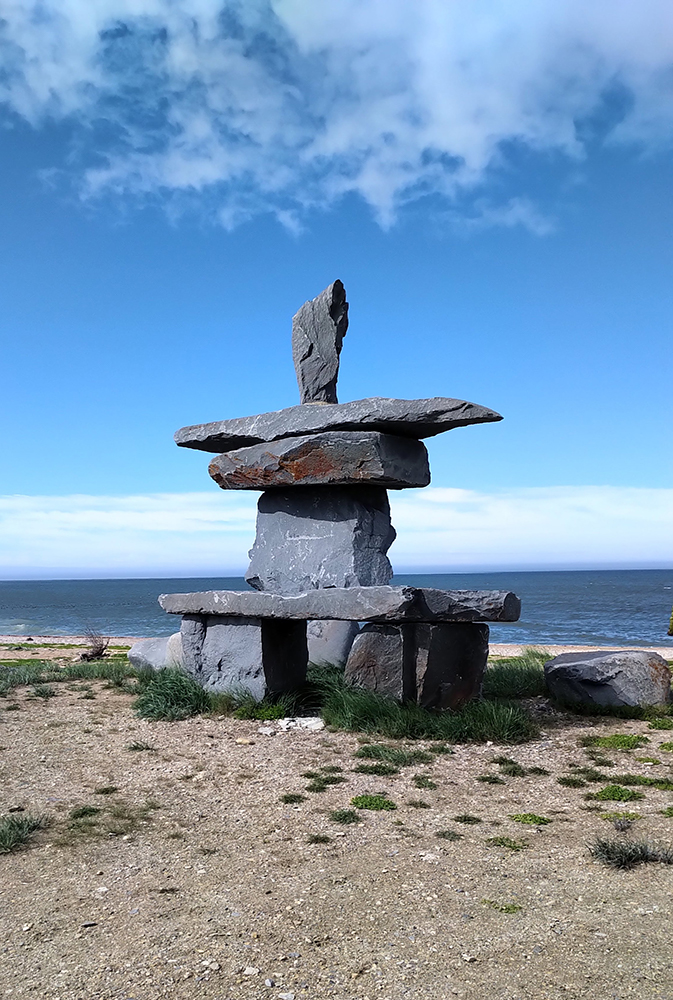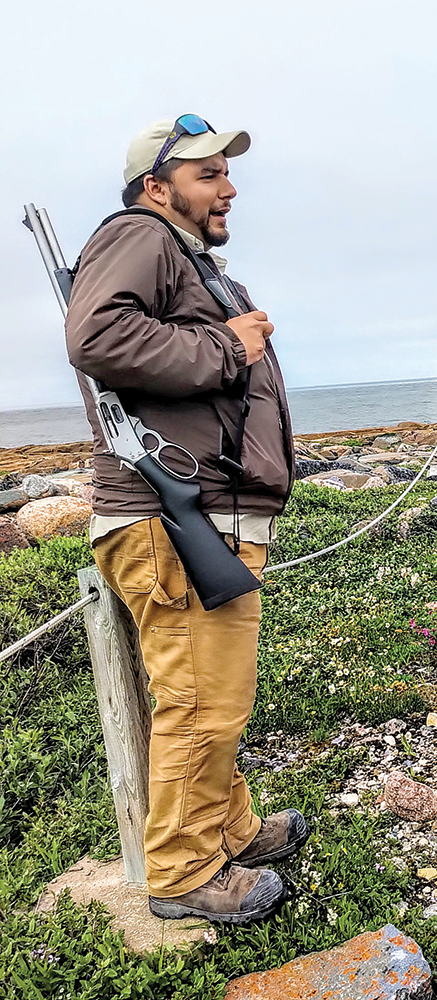Nathan Giede

Looking North
Standing upon the shore of the Hudson Bay in Churchill, Manitoba, one catches a glimpse of what was meant when Canadians were described as “hewers of wood, and drawers of water.” We in the North live under the shadow of the elements and in the grips of nature herself; weather can change in an instant, cooperation is key to survival, and for every harvest a piece of oneself must be offered. Ours is a dynamic, reciprocal relationship with our habitat.
There’s no road to Churchill. One must either board a plane or a train, both of which offer a lesson in themselves about the surrounding environment which had to be mastered in order for post-contact life to flourish here. The Canadian Shield is not a forgiving travel companion: lakes and rivers, marshy ground and dense forests leave one agape at how anyone traversed them in the days before industrialization. People still live there year-round, occasionally hopping the train.

Deplaning or exiting the train brings the taiga, that land that lies between the boreal forest and the barren grounds of the tundra, into full view. Indeed, Churchill is a place “in-between,” a great meeting area: differing biomes of land, air, freshwater and salt; First People groups, each with their own unique traditions, and a legacy of contact with Europeans. When non-indigenous people first landed, there was the bow and arrow; today, visitors pose for pictures with rockets.

Of course, the major attractions are the two big “B’s” – polar Bears and Beluga whales. On a day where the Bay is calm, all the “white crests” seen are actually whales rising for air; they are quick to dive back down and chase the capelin, a small, silver smelt-like fish. And as the sea ice recedes into the North, bears begin to appear on the shore, often heavy from seals they have taken throughout the winter; the females arrive early looking for dens to give birth to cubs.
The animal kingdom is supreme here, shaping the culture and ordinances of locals. As a visitor begins to explore the town, advice is freely given about the best spots to see belugas, as well as what to do in order to avoid confrontations with bears. The air siren still goes off at 10 p.m. everyday. The reasons given for it are legion, including that no one knows how to shut it off. I treat it somewhat as a curfew; best to be indoors while the dusk fades into night.

We are still in the midst of summer, and thus tours by boat are the most popular. Being from the interior, it still amazes me how powerful the combination of tides and current are inside the Churchill River’s estuary. On the zodiac, in a kayak, or even out in the Bay in larger vessels, one gains a new respect for what it must have taken to be a part of a hunting party or the early fur trade. The power of the water is beyond all comprehension, save that it must be respected.
The whales abound. Churchill and the surrounding area are as a nursery for the belugas. Calves are born from mid-July to well into August, easily spotted due to their dark colour and speckles. The larger and more immature grey belugas are known to push on kayaks out of curiosity, sometimes splashing the visitor. Lastly, the large adults gracefully swim throughout the river, hunting fish with echolocation, which can be heard via hydrophone.
Bears are often observable from a safe distance by boat. And several ancillary tours can be had, including sled dogs pulling a cart on wheels in summer. After long days of adventure, the locals retire to restaurants and watering holes, at least those who aren’t on Polar Bear Patrol in the evening. The lodgings in Churchill run the gamut, from hand-built log cabins and B&B’s to hotels. Package deals can be found online by simply searching for Churchill as well as Belugas.
A word of caution however: no one visits the North just once. As I said, it is a reciprocal relationship and a piece is always taken. If you visit, be warned. You will return many times over.
Nathan Giede is a guide with Lazy Bear Expeditions who has fallen in love with Churchill. His Indigenous heritage informs his understanding and love of this natural landscape.

